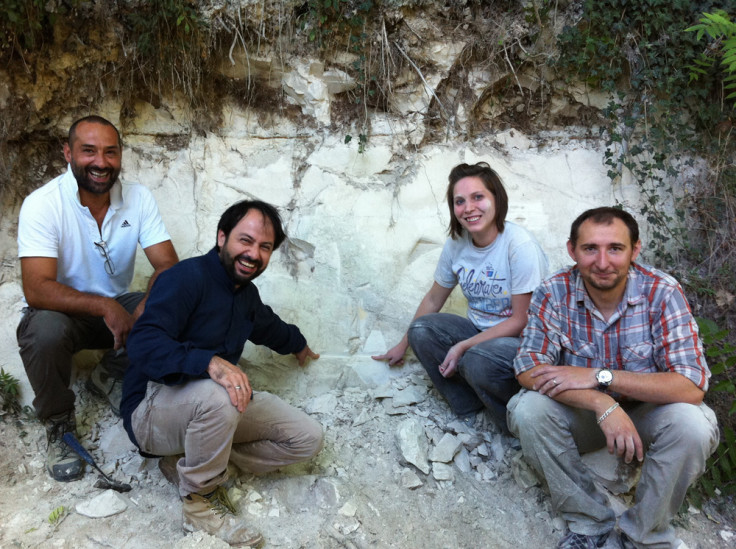Earth's Magnetic Field Could Flip Within 100 Years, Causing Mutations and Cancer Surge

The earth's magnetic field could flip in just a hundred years, according to a new study based on measurement of the last such reversal 786,000 years ago.
Such a flip is preceded by a period of weakening or loss of the magnetic field which protects life on the planet from harmful cosmic and solar rays. It can cause genetic mutations, increase cancer rates and result in the collapse of the electric grid.
Long periods of unstable magnetic behaviour prior to the reversal can be more harmful.
The new study by a team of scientists from Italy, France and the US shows that the last magnetic reversal happened in less than 100 years.
It is based on measurements of the magnetic field alignment in layers of ancient lake sediments once buried below the lake but now exposed in the Sulmona basin of the Apennine Mountains east of Rome, Italy.
Using argon-argon dating, the date of the layer showing the last magnetic reversal, called the Matuyama-Brunhes transition, was placed at approximately 786,000 years ago.
The normal field in the adjacent layer with nothing in between suggested that the reversal happened very quickly.
The sudden 180-degree flip of the field was preceded by a period of instability that spanned more than 6,000 years. The instability included two intervals of low magnetic field strength that lasted about 2,000 years each.
Rapid changes in field orientations may have occurred within the first interval of low strength.
The earth's dipolar magnetic field extending 600,000 km above the surface remains about the same intensity for thousands to millions of years, but for reasons not completely known it occasionally weakens and, over a few thousand years, reverses direction.
A weakening of the field has been recently detected by scientists using the satellite array Swarm, which shows the magnetic north is moving towards Siberia.
While previous estimates said the field was weakening about 5% per century, the Swarm data in fact shows a weakening at 5% per decade.

© Copyright IBTimes 2025. All rights reserved.





















